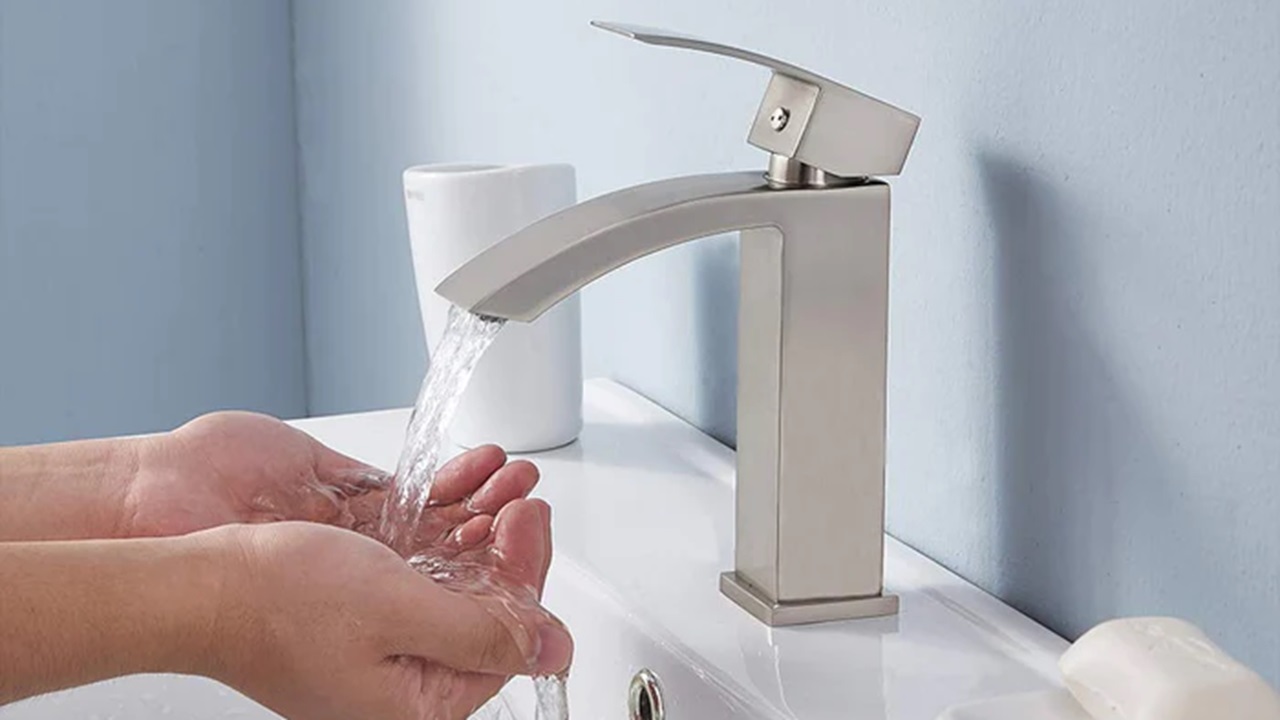In the quest for creating more accessible bathrooms, the choice of fixtures plays a crucial role. Among the innovative solutions contributing to improved accessibility, the single-handle faucet stands out. Also known as the single hole bathroom faucet, these fixtures offer a range of features that not only enhance the aesthetic appeal of bathrooms but also significantly improve accessibility for users of all abilities.
Ergonomic Design for Ease of Use
One of the key ways in which single-handle faucets enhance accessibility is through their ergonomic design. The singular lever or knob controls both the water flow and temperature, providing a user-friendly experience. This design eliminates the need for precise hand movements or the coordination required to manage separate handles for hot and cold water. For individuals with limited dexterity or mobility challenges, the simplicity of single-handle faucets makes them a practical and accessible choice.
Touchless Technology for a Hands-Free Experience
In the pursuit of accessibility, touchless technology has become a game-changer. Many single-handle faucets are equipped with sensor-driven, touch-free features, allowing users to control water flow without physically touching the fixture. This innovation is particularly beneficial for individuals with mobility issues or those who may face challenges in turning traditional handles. The touchless functionality not only enhances accessibility but also promotes hygiene, making it a valuable addition to bathrooms in various settings.
Height Adjustment for Universal Access
Single-handle faucets come in various heights, providing the flexibility to choose a fixture that suits individual needs. For individuals using wheelchairs or other mobility aids, a higher faucet height can facilitate easier access to the water source. Adjustable height options ensure that bathrooms can be customized to accommodate users of different abilities, promoting universal access and inclusivity in the home or public restroom.
Clear Temperature Indicators for Safety
Accessibility in bathrooms goes beyond physical ease of use; it also includes ensuring the safety of users. Single-handle faucets often incorporate clear temperature indicators, allowing users to easily discern between hot and cold water. This feature is particularly beneficial for individuals with visual impairments or cognitive challenges, promoting a safer and more user-friendly environment. The ability to quickly and accurately gauge water temperature enhances the overall accessibility of the bathroom space.
Space Efficiency for Maneuverability
Single-handle faucets contribute to improved accessibility by optimizing space in the bathroom. Their compact and space-efficient design allows for easier maneuverability, especially in smaller bathrooms or areas where mobility aids may be utilized. The streamlined appearance of single-handle faucets eliminates unnecessary clutter, creating a more open and accessible environment. This consideration is crucial for individuals who rely on assistive devices or those who require additional space for movement.
Customizable Features for Individual Needs
The accessibility of single-handle faucets is further emphasized by the availability of customizable features. Some models come with adjustable flow rates and pressure settings, allowing users to tailor the faucet’s performance to their specific needs. This level of customization ensures that individuals with diverse abilities can enjoy a personalized and accessible experience in the bathroom, reinforcing the inclusivity of the space.
Conclusion
As we strive for more inclusive and accessible environments, the role of fixtures like single-handle faucets becomes increasingly significant. Their ergonomic design, touchless technology, height adjustment options, safety features, space efficiency, and customizable capabilities collectively contribute to a holistic approach to bathroom accessibility. By embracing these innovations, homeowners and designers can create spaces that cater to the diverse needs of users, promoting a sense of independence and inclusivity in the heart of the home—the bathroom.
